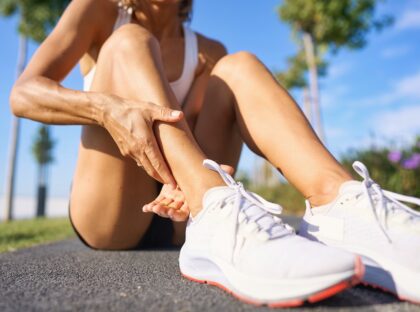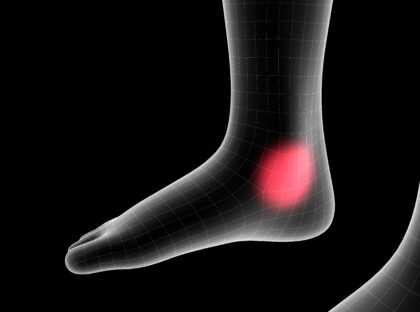We get asked a lot of questions about what types of shoes to wear. Afterall, there are a lot of options. Some are functional, some are fashionable. We like to stick with function over fashion. Afterall, we tend to work with an active population and athletes of all disciplines need proper footwear to help optimize performance and reduce the likelihood of injury. There is so much information (misinformation) out there and it seems like most everyone has an opinion. We are not after opinions. We are after facts.
We’re going to cover two popular and discussed shoe configuration topics. This blog (and associated YouTube video below) will cover zero drop and the next one will cover neutral shoes.
Zero drop refers to the heel to toe drop in a shoe. Literally, the heel of a shoe is usually made to be higher than toe (forefoot). The shoe effectively angles down from the back of the foot to the front. You won’t usually see this just looking at the shoe. You’ll likely need to see the listing online or write the company. Some shoes are still using 10-12mm heel to toe drops. Ouch! This effectively shortens your calf musculature at all times…not good. In effect, it’s like you’re wear heels.
It’s best to mimic how our foot is made to work and not try gimmicks to try to make some things work better while creating damage elsewhere. Let’s consider the way our foot is made. There’s no heel to toe drop to it. It’s flat…literally. I’m not talking about the necessary arches that allow for proper gait mechanics, I’m referring to the angle of your ankle to the foot. When we walk barefoot, we are zero drop. When we assess the neutral position of the foot, the ankle angle is zero. Shoes should mimic this to best allow for normal gait, this but there is a caveat.

When running or participating in any sport, having zero drop shoes is of utmost importance not only for performance, but for reduced likelihood of injury
The caveat is that unless we are walking on natural surfaces like sand, grass, or dirt, walking truly barefoot is not recommended. Barefoot on hard surfaces is a no-no. We were not meant to walk barefoot on concrete, asphalt, etc. The surface is simply too hard and the ground reactive forces will create structural damage to the foot/ankle. These usually first manifest as bone stress reactions and can lead to stress fractures. Ouch!
So, what do we do about this? We should be wearing zero drop shoes that are maximalist (padding under foot) when walking on the artificial, hard surfaces, whereas we can wear minimalist (not much more than rubber under your foot) shoes when walking on the soft stuff. They’re both zero drop, but the added padding under foot is just fine for hard surfaces.
Are there any exceptions to wearing zero drop? Yes. Nothing is ever an absolute. However, in order to have optimal biomechanics when walking/running, it is best simulate being barefoot. We need a shoe that is as close to zero drop as possible (ideally 5mm or below) and has a sufficient amount of padding to support your body weight and activity, also dependent on what surface you are on. Luckily, there are more and more options in this space seemingly each month. Even the traditional high heel to toe drop shoe brands are coming out with new products that are near or at zero drop.
At Don’t Be A Meathead, we do have our favorite shoe brands and models. Check out the YouTube discussion for a bit more information there. Feel free to ask us what we recommend and we’ll help you as best as we can. Recommendations do change as shoe models change, so please contact us anytime you’d like.
Don’t Be a Meathead is protected by Copyright laws. If you wish to post any content from www.dontbeameathead.com, you must obtain express (written…this can be email) permission before doing so. We love sharing important information to help people and we do appreciate your respect for our intellectual property.





